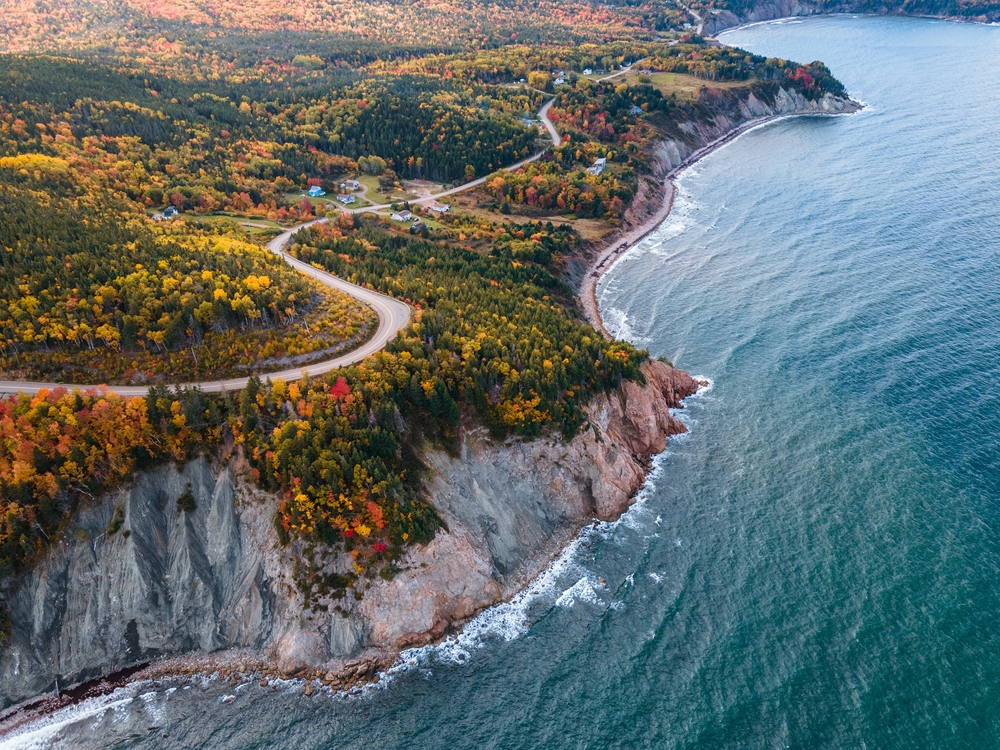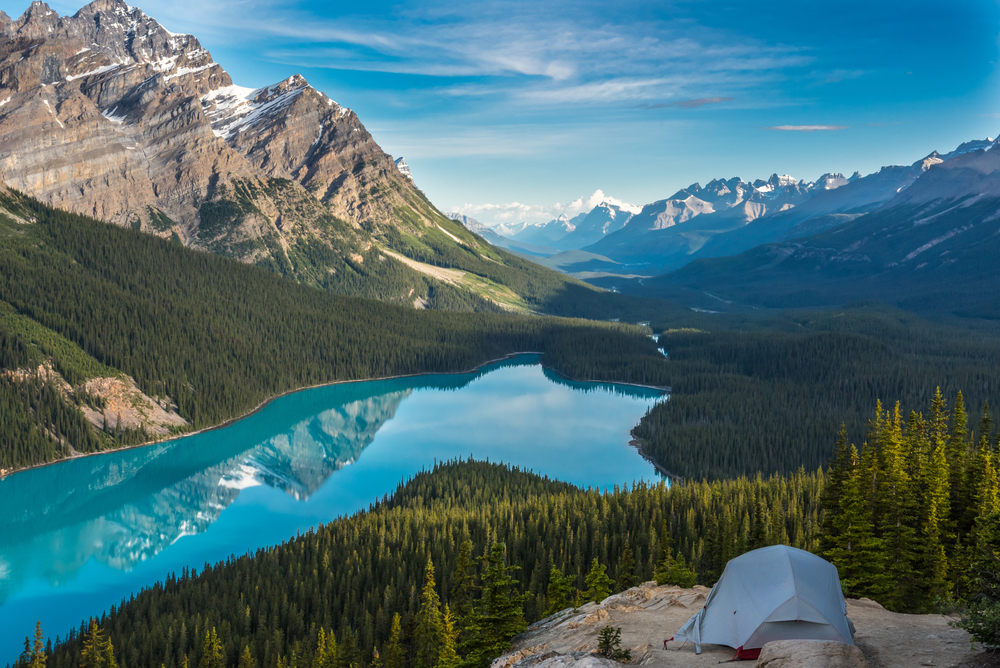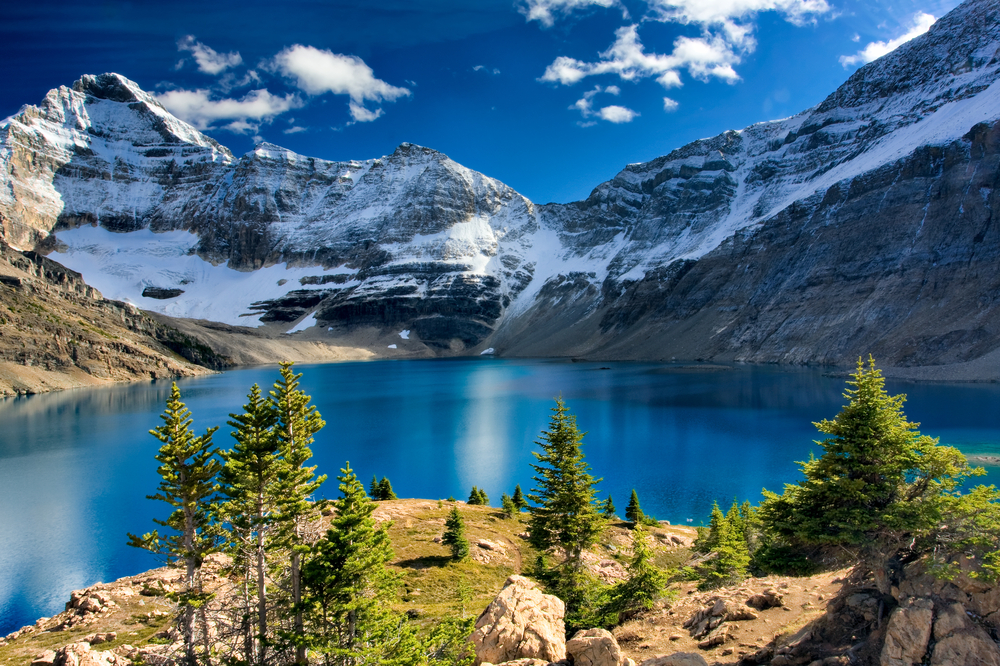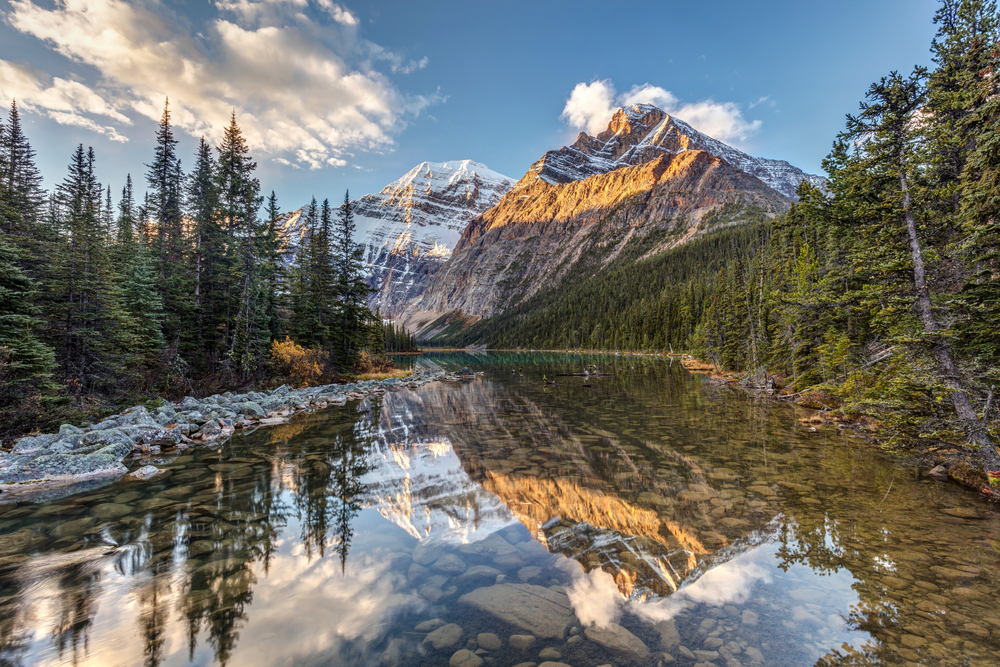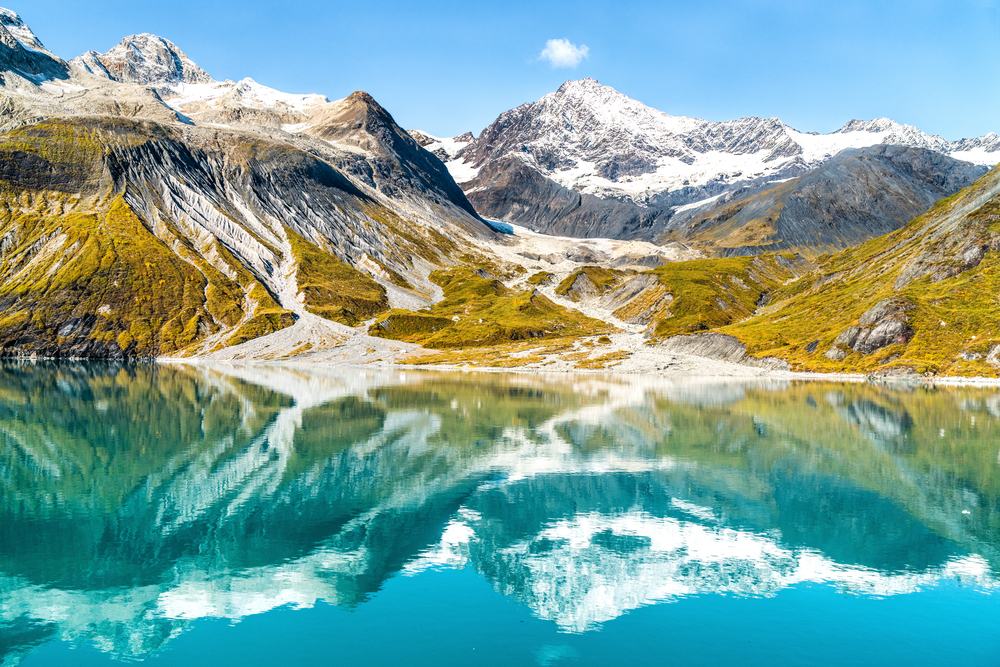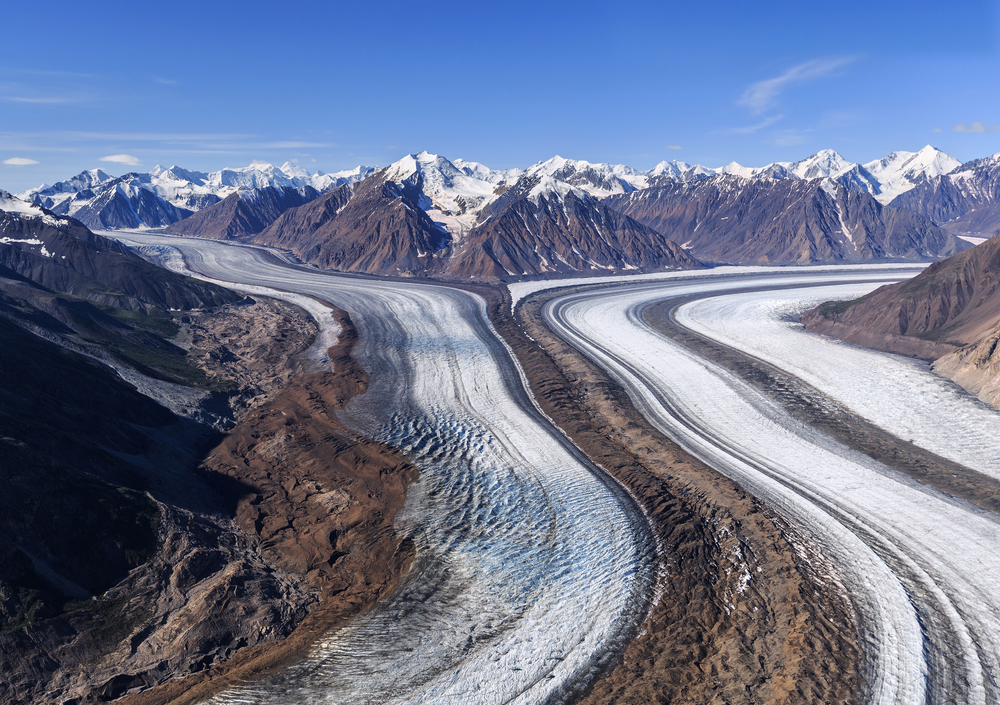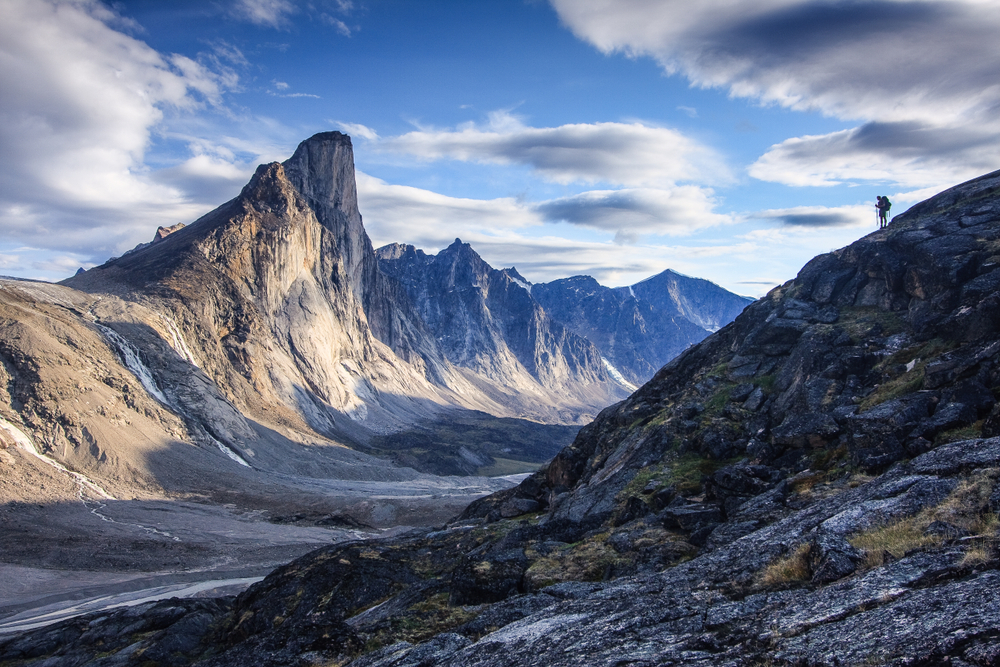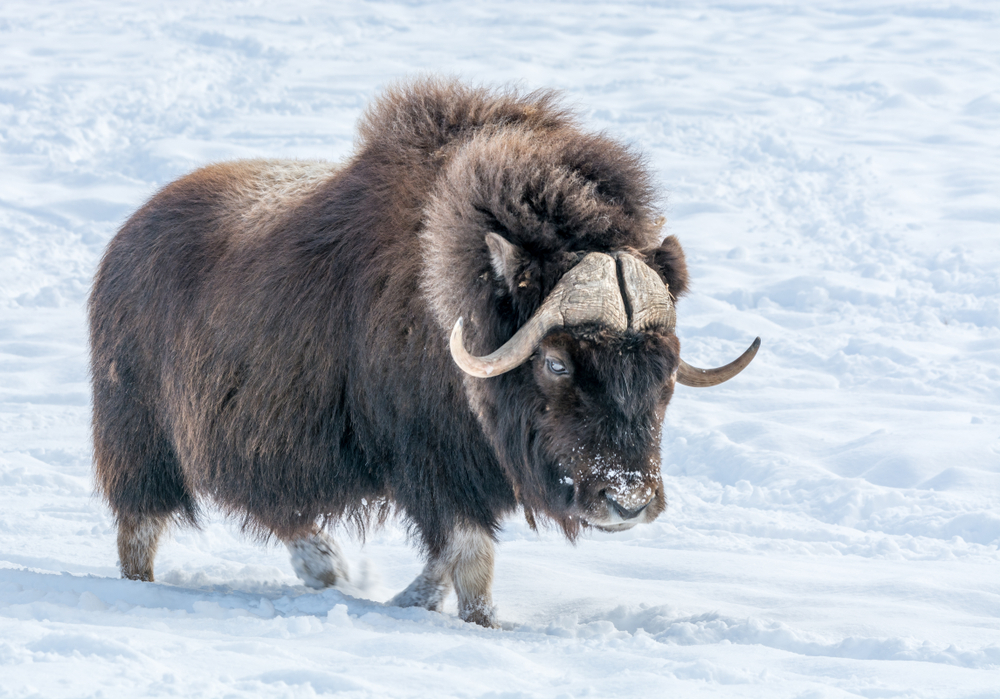Cape Breton Highlands Overview
Cape Breton Highlands National Park, known in French as Parc national des Hautes-Terres-du-Cap-Breton, is a breathtaking protected area located on Cape Breton Island in the Canadian province of Nova Scotia.
Covering 366 square miles (948 square kilometers), the park is famous for its dramatic coastal cliffs, rolling plateaus, deep river canyons, and dense Acadian and boreal forests. Situated where the Gulf of St. Lawrence meets the Atlantic Ocean, the park is defined by a rugged landscape shaped by glacial activity, with the iconic Cabot Trail—a scenic highway—winding through its heart, offering sweeping ocean views and dramatic highland scenery.
Among its prominent features are the deep gorges of the Clyburn Valley, the windswept plateau of the Skyline Trail, and the towering Cape Smokey, which provides panoramic vistas of the surrounding seascape.
The terrain of the park is a striking mix of forested highlands and coastal barrens, shaped by centuries of erosion and climate shifts. The park’s vegetation is diverse, ranging from dense stands of spruce, fir, and maple in the lower elevations to windswept tundra-like plateaus.
These ecosystems support a rich variety of flora, including pitcher plants in the wetlands, wild blueberries carpeting the meadows, and rare orchids hidden within the deep forest. Waterfalls such as Mary Ann Falls and Beulach Ban Falls cascade through forested valleys, adding to the park’s picturesque beauty. Rocky headlands rise sharply from the Atlantic Ocean, where steep cliffs give way to rolling hills covered in vibrant autumn foliage, making the park especially stunning in the fall.
The wildlife of Cape Breton Highlands National Park is abundant and diverse, with large mammals such as moose, black bears, and white-tailed deer frequently spotted along trails and roadsides. Coyotes and red foxes roam the woodlands, while smaller mammals like snowshoe hares and red squirrels are commonly seen darting among the trees. The park is also home to one of the last remaining populations of the elusive Canada lynx in Nova Scotia.
Birdwatchers will delight in the variety of species found here, including bald eagles soaring over coastal cliffs, warblers flitting through the boreal forest, and the charismatic Atlantic puffins nesting along rocky shorelines. Marine wildlife is also an attraction, with seals often seen lounging on the rocks and whales—including minke, pilot, and humpback whales—frequenting the waters just offshore.
One of the park’s most popular attractions is the Skyline Trail, a breathtaking hiking route that offers some of the most spectacular ocean views in Atlantic Canada. Visitors often take in the sunset from its dramatic boardwalk, where moose sightings are common.
Other well-loved trails include the Franey Trail, known for its panoramic views of the Clyburn Valley, and the Middle Head Trail, which follows a narrow peninsula between two coastal bays. Beyond hiking, visitors enjoy camping, cycling, and kayaking, with opportunities to explore the scenic coastline by sea. Fishing in the park’s rivers, especially for brook trout and Atlantic salmon, is a cherished activity, though regulated to ensure sustainability.
Cape Breton Highlands National Park faces conservation challenges, including the impact of climate change, which threatens the delicate balance of its ecosystems. Rising temperatures affect the park’s boreal forests, while extreme weather events contribute to coastal erosion.
The park has made strides in conservation, including moose population management and habitat restoration efforts for species at risk. Its dark-sky preserve status also ensures protection from light pollution, preserving the night environment for both wildlife and stargazers. Through ongoing efforts, the park continues to maintain its ecological integrity while offering visitors an unparalleled experience in nature.








































































